A hard-hitting feature-length docudrama about the propaganda machine created by Adolf Hitler and Joseph Goebbels in the Second World War will make its UK debut before an invited audience in Aberdeen in April.
‘Goebbels and the Fuhrer’ exposes how Hitler and his propaganda minister Joseph Goebbels used lies and deceit to manipulate the German population into supporting a war for which they previously had no appetite.
Interviews with Holocaust survivors
Seven Holocaust survivors feature in the film, but in a change to the usual narrative, they appear not as victims, but survivors with a vision of a better future.
Aberdeen University’s professor of history and international affairs, and director of the Centre for Global Security and Governance, Professor Thomas Weber was historical consultant on the film, working closely with director Joachim Lang.
Mr Weber is the author of several works on Hitler, and an acknowledged expert on how he rose from insignificance to power and the planning of the ‘final solution’.
He said: “One of the many things that unites us [the film makers] is our belief that understanding the patterns of the last world war of disinformation and demagoguery will equip us with tools with which to face the new world war of disinformation and demagoguery of our own days.
“It was the deadly interaction of disinformation and demagoguery that paved the way to Auschwitz and plunged the world into the darkest night.
“And it was precisely the experience of the deepest darkness that led many survivors of the holocaust to develop a vision of what a new and better tomorrow should look like.
“A vision that then became the guiding star of their lives.
“Even today – 80 years after the liberation of Auschwitz – the survivors of the Holocaust are still campaigning against the Umwertung aller Werte, that’s the turning upside-down of all values by demagogues.”
The film could not be shot in Germany due to the sensitivity of the subject matter, so had to be shot secretly in Slovakia.
Aberdeen screening arranged by Ronnie Watt
Thanks to Aberdeen’s karate master of masters, Ronnie Watt, the film will be shown for the first time in the UK at Robert Gordon’s College in the city before an invited audience of burgesses and Ronnie’s fellow Order of the Scottish Samurai members on Wednesday, April 30.
April 30 marks 80 years since the death of Adolf Hitler, a few days before the end of the Second World War.
Ronnie has an honorary degree from Aberdeen University, through which he met Tom Weber.
He appointed Mr Weber to his Order of the Scottish Samurai four years ago for his services to global security and world history.
Of the new film, ‘Hitler and Goebbels’, Ronnie said: “I’ve watched the film multiple times.
The danger of absolute power
“It’s very poignant and thought-provoking. It just shows you what absolute power can do, especially nowadays with things changing in the world.
“It was a million to one shot that Hitler got power. He was an anti-Semite and implicated a whole nation in the genocide.
“I don’t think history is taught enough in schools. The general public are totally unaware of messages from history and don’t learn from it.”
Earlier this month, Mr Weber toured the film to various art house cinemas in Poland, and also at Auschwitz itself.
He said: “It’s still a very sensitive subject in Poland, but I was surprised at how well it was received.
“At Auschwitz it seemed unreal. On a sunny late afternoon we walked through the camp and then went back into the museum for the screening, followed by an on-stage discussion.
“It wasn’t until the middle of the discussion that the reality of where I was hit me.”
‘Goebbels and Hitler’ is gradually being released globally, but some countries have opted to carry a version without the interviews with the Holocaust survivors, and some German authorities have been wary of allowing screenings of a film which on the surface of it appears to humanise Hitler.
Mr Weber said: “What we think we know about Goebbels and Hitler actually is frequently what they themselves and Nazi propaganda fed us.
“It is more comfortable for people to dismiss Hitler as a ranting lunatic. But that was not the reality.
The disinformation was heavily controlled
“The familiar image of Hitler giving ranting unhinged speeches is not the complete picture. He would do this only at the end of his speeches, the bits that were filmed and are familiar to everyone.
“Our film shows he was a different man off-camera and this is backed up by our meticulous research.
“Anyone who has seen the film will view audiovisual materials from the Third Reich with different eyes – no longer as documentary images but as distortions of reality staged by Goebbels. They will also engage more critically with the reality of images in general and be more vigilant of manipulation by the media, even in the present day.”
In a world in which the far right seems to be on the rise in multiple countries, what lessons does this docudrama hold for the present day?
A current existential threat to democracy
Mr Weber says he fears the current demagoguery by some political leaders and disinformation wars are an existential threat to democracy.
But in the last war, democracy prevailed, and he hopes it will do so again.
He said: “The making of the film was fuelled by our hope that it will open all our eyes to the corrosive power of disinformation and demagoguery then and now.
“It is also based on the hope that if the survivors of the Holocaust managed to show a way out of the darkness and turned the wheel of civilisation back in the right direction, we can do the same.”
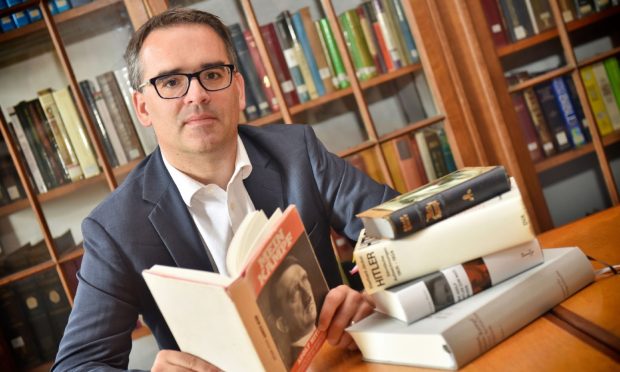

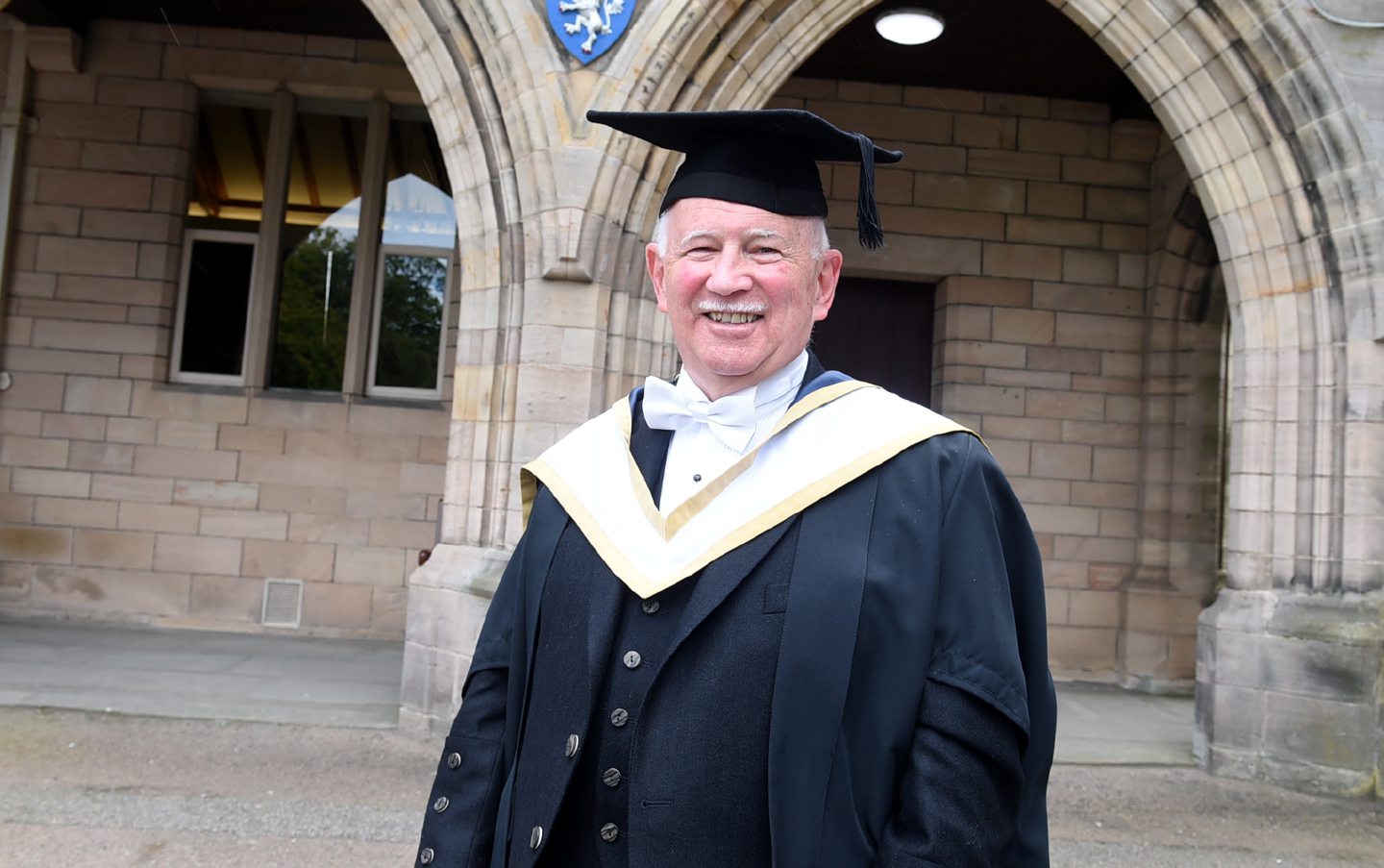
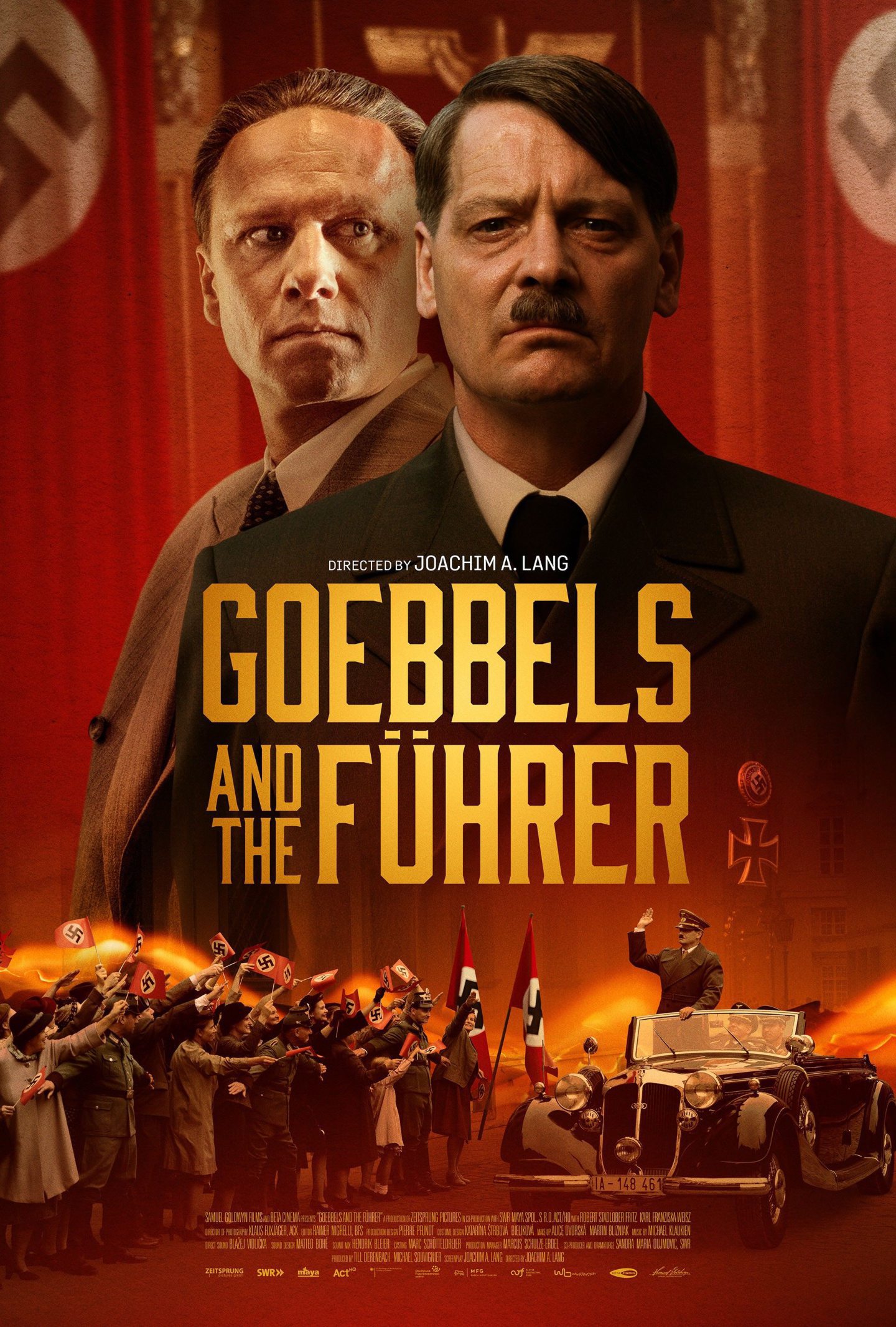
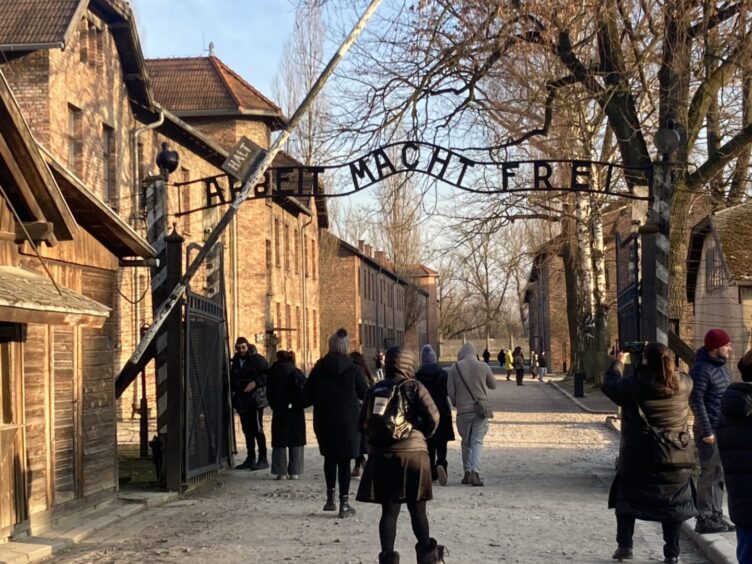
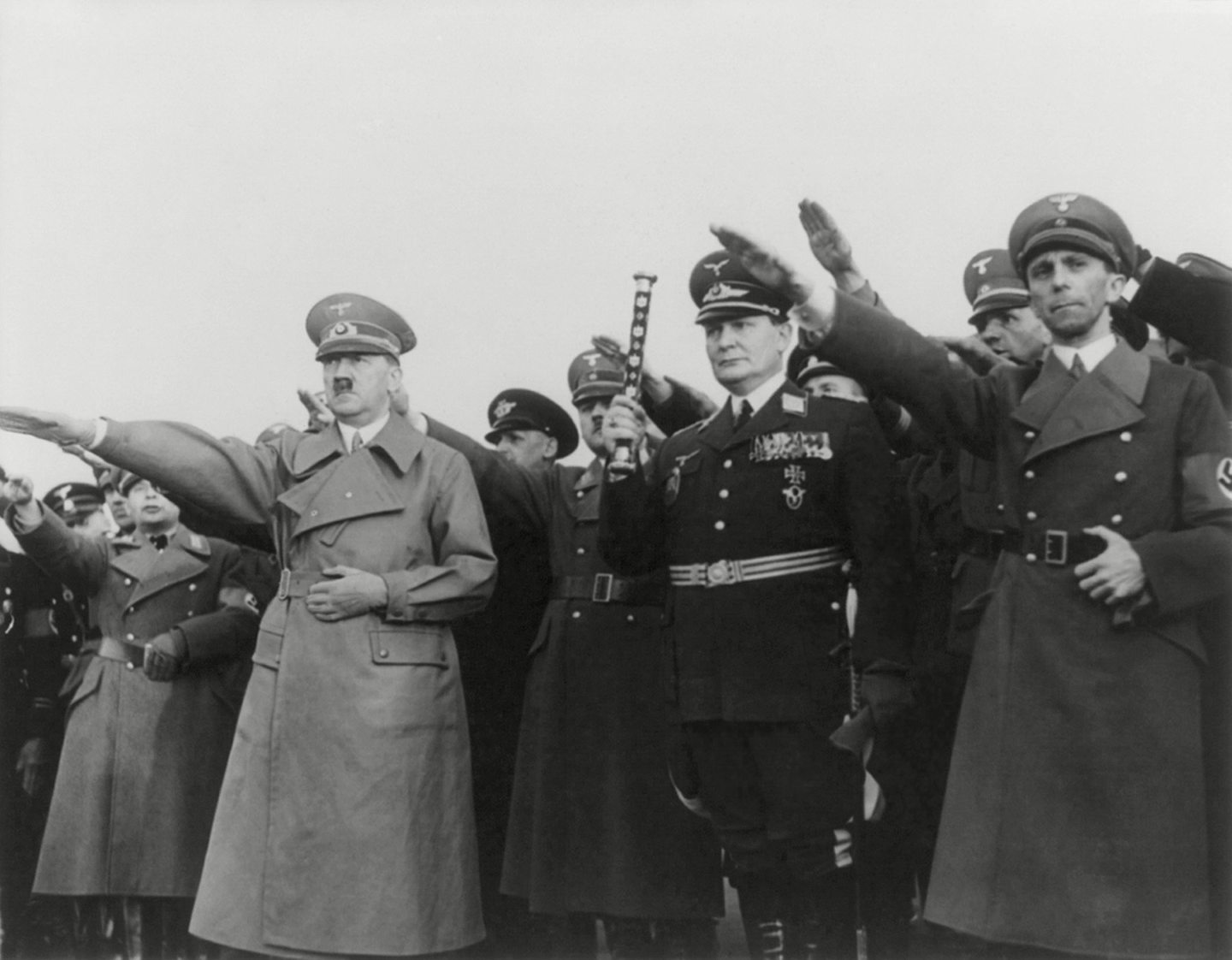
Conversation